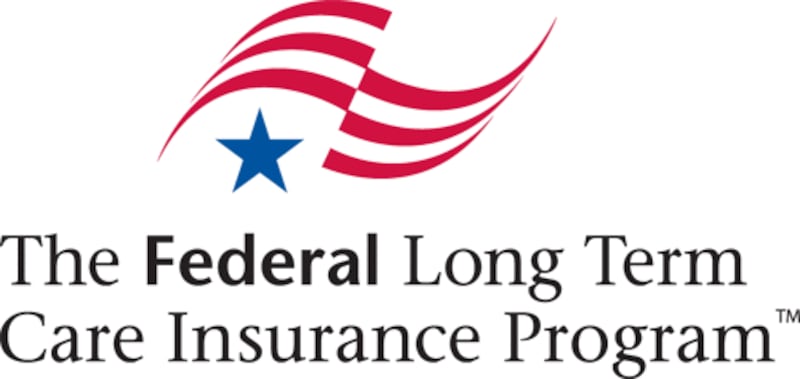The prospect of needing long term care may be far from your mind today, but circumstances can change. A long term care event can happen at any age, and the potential financial and emotional strain that comes with it can have an impact on you and your loved ones.
Did you know millions of Americans require long term care during their lifetime¹, which includes the need for either cognitive or physical assistance with simple tasks like bathing, eating, and dressing—trivial things most of us do every day without a second thought? It’s important to know that Medicare, TRICARE, and TRICARE For Life, and the Federal Employees Health Benefits (FEHB) Program, are only intended to cover skilled, short term medical care as you recover from an illness or injury.
In fact, the long term care benefits offered through the Department of Veterans Affairs (VA) are tied to specific triggers, including service-connected disability, available funding, and even your ability to contribute to the cost of care. Long term care can be expensive, and service members often rely on the VA to cover the associated costs. Depending on your eligibility status in the VA program, the level of coverage available to you may not be enough.
That’s where the Federal Long Term Care Insurance Program (FLTCIP) comes in. Sponsored by the U.S. Office of Personnel Management (OPM), the FLTCIP was established in 2002 as a result of an act of Congress called the Long-Term Care Security Act of 2000 (Public Law 106-265). Since then, the FLTCIP has offered active and retired members of the uniformed services the opportunity to help take control of their future long term care needs. Certain family members, or qualified relatives, are also eligible to apply even if you do not. Qualified relatives include your spouse, domestic partner, parents and parents-in-law, and adult children.
Coverage under the FLTCIP
The FLTCIP is designed to reimburse for qualified long term care services and can lessen or eliminate an individual's reliance on a loved one to provide hands-on care. As you assess the FLTCIP's value, consider these important benefits:
- The FLTCIP offers coverage in a variety of settings - at home or in a facility, such as an assisted living facility, an adult daycare, or a nursing center - and your choice of a caregiver.
- If home care is your preference, the stay-at-home benefit includes a range of services that support care in your home, helping you maintain your quality of life in familiar surroundings.
- Informal care provided by friends and family members, as long as they do not live in your home at the time you become eligible for benefits. (Note: Benefits for care provided by family members is limited to 500 days.)
- The program’s care coordination services offer enrollees and their qualified relatives information about long term care resources, such as local care providers and relevant community programs, as well as valuable support to your family and friends.
One thing to keep in mind as you and your family members consider applying for this insurance coverage is that premiums are based on your age, so the younger you are when you apply, the lower your premiums will be. Of the 268,000 federal family members enrolled in the FLTCIP, more than 50% started their coverage before age 55.
Talk candidly with your family members and tell them about the FLTCIP. By starting the conversation and applying for the FLTCIP prior to needing care, you can help prepare for the unexpected and bring peace of mind to yourself and your family.
Start planning today
Visit LTCFEDS.com/militaryfamily for details about services covered under this group policy to better understand your long term care insurance options and which FLTCIP plan may be right for you.
For personalized assistance, call 1-800-LTC-FEDS (1-800-582-3337) TTY 1-800-843-3557 to speak with a program consultant. They are available to answer any questions you may have and can walk you step-by-step through the plan design and application process.
¹ Center for Disease Control and Prevention. “Long Term Care Services in the United States,” http://www.cdc.gov/nchs/data/nsltcp/long_term_care_services_2013.pdf (accessed September 2017).
FLTCIP20025

